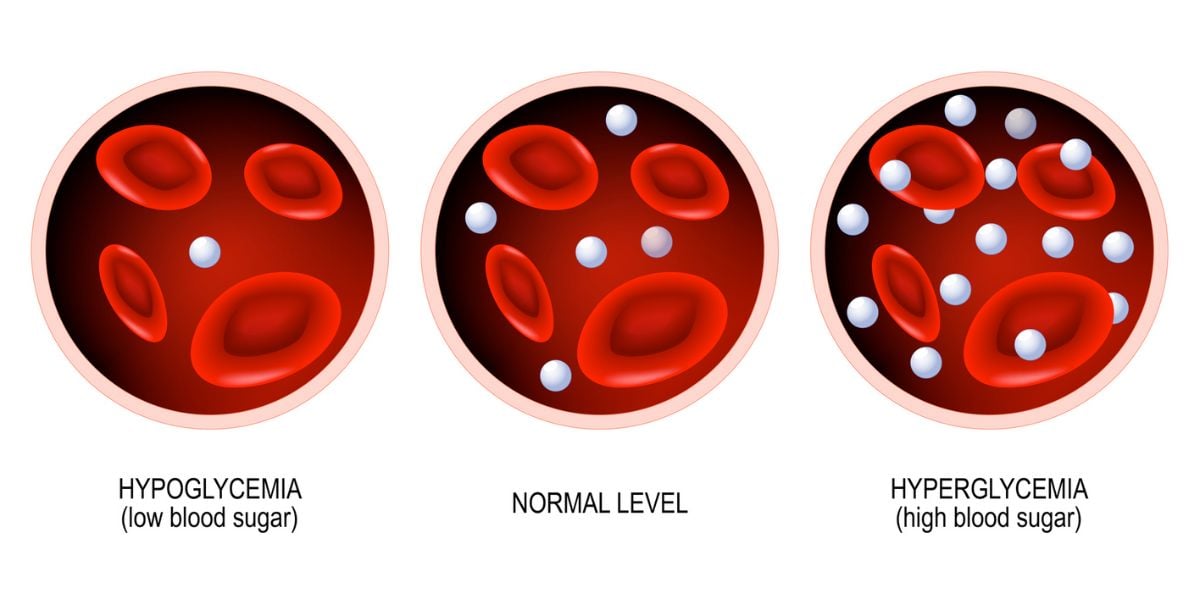When you are injecting insulin, you should aim to inject into the fatty tissue just underneath the skin.
If you think you are injecting into the muscle, you may want to change your technique or ask your GP to prescribe shorter needles.
The steps below are a broad guide to injecting insulin.
If you plan to change your technique, check with your healthcare team, diabetic nurse or consultant for their advice.
How to perform an insulin injection
Firstly, prepare your kit.
You will need:
- An insulin pen
- Enough insulin inside to give the required dose
- A new pen needle
- A sharps disposal box for used pen needles to go into
Make sure you have your kit available at all times and if possible, inform your family as to its location.
If you suffer from a hypo, this will allow your family to act quickly.
Injecting your insulin shot
To perform your insulin injection:
- Wherever possible, wash your hands with soap and water before injecting.
- Put a new needle onto your pen.
- Remove the caps of the pen needle.
- Hold the pen upright and perform an ‘air shot’. This requires dialling up at least 2 units and pressing the plunger to expel a test shot of insulin. This helps to clear any bubbles out of the needle. If you do not get a steady stream, repeat the air shot until you do get a steady stream of insulin coming out.
- Dial up your dose.
- Pick a soft fatty area to inject. Tops of thighs, belly, bum and triceps (triceps; the top and back of the upper arm, are not always recommended for children or thinner people).
- Some people may need to raise a fold of fatty flesh slightly between your thumb and fingers. If you are unsure about whether you need to do this, ask your health team.
- Put the needle in and keep the pen steady.
- Push the plunger relatively slowly to inject the dose.
- After the dose has been injected, hold the needle in for a good 10 seconds to help insulin get delivered and prevent any of the dose escaping out.
- Ensure that the used needle bin is deposited into a sharps bin.
How to avoid pain when injecting insulin
Most injections are not painful. The chance of pain is greatly minimised by using a new needle.
Some tips to help avoid or minimise pain when injecting, include:
- Always use a new needle.
- Use a needle that is the right length. Your health team can advise you on whether you’re using the right needle length.
- Use insulin and a needle which is at room temperature.
- Push the needle in quickly when injecting.
- Try not to wiggle the needle as you’re injecting or withdrawing the needle.
Injections and bruising
You may notice a little blood leaks out after injecting.
This is not to worry about, it just means the needle has gone through a small blood vessel.
If this happens, you may notice a raised area of your skin from the blood underneath but this should ease down over the next few hours and you’ll be left with a bit of a bruise for a few days.
Rotate your injection sites to avoid ‘lumpy’ skin
If you tend to inject in the same places you may find that your flesh becomes less flexible than usual. This is called lumpy skin and means the insulin won’t be absorbed as well.
Avoid having a ‘favourite part’ of that area to inject into as this greatly increases the risk of lumpy skin. If this is the case, try injecting into surrounding areas, picking a new spot each time.
Each of the main four areas (abdomen, buttocks, outer thighs and upper arms) should give a give a good area of flesh to inject into. Using different areas of the body to inject into is insulin injection site rotation.
However, you may find you have a ‘favourite part’ of that area to inject into. If this is the case, try injecting into surrounding areas, picking a new spot each time.
One way to pick a non-lumpy area is to feel or squeeze the skin before injecting insulin If it doesn’t feel as supple as it could be, pick a different spot to inject into.



